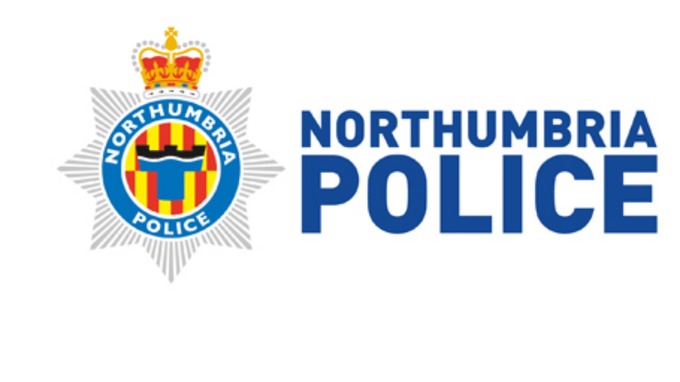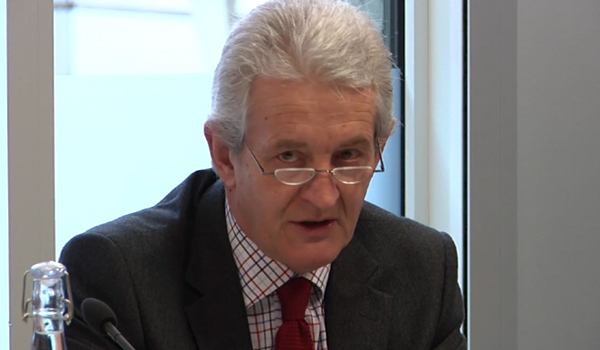Communication opportunities
John Rowland examines the latest developments for the planned Emergency Services Network.

John Rowland examines the latest developments for the planned Emergency Services Network.
Realignment on the supplier landscape has raised BTs profile even higher and thrown up several awkward questions at the same time. The main one is what happens next with the Emergency Services Network (ESN).
Competition for the main plank of deal, the core network operator, has gone out of the window with EE a BT acquisition target now standing as sole bidder.
Policing Minister Mike Penning says a deal will still be signed later this year despite Telefonicas withdrawal, but his statement did not venture further comment on what will happen once the inks dry.
EE will certainly be in a better position to negotiate more advantageous terms. It is not just the money. Time is critical. Industry observers say the LTE (long-term evolution) technology ESN proposes needs longer to deliver failsafe emergency voice communications.
Airwave, providers of the existing emergency services TETRA radio network, score here. Reliability and coverage are the cornerstones of what it has provided for past 15 years. No one disputes LTEs potential, instead, they say it is not ready for critical voice services yet.
But Airwave is expensive and not set up to handle the data traffic demanded by mobile working. Then there is the upheaval of existing reorganisation work. The fire service has already won itself extra time and will carry on using Airwave, the existing network, for up to another four years a bit later than the 2016 switch-off date earlier planned.
Police have their own restructuring to contend with. If, for whatever reason, snags crop up before a final ESN agreement is reached, then existing agreements with Airwave will have to be extended. There will be an extra price to pay for the extensions plus the need to buy replacements for worn-out hardware.
For BT, all this must smack as a re-run of history. Back in the late 1990s it headed up one of the two consortia battling for the first big emergency services communications contract. Just like this time, the opposition dropped out, handing the Quadrant consortium sole bidder status. They brokered a handsome deal on the back of it, before hiving off the mobile side of their business several years later.
Fastforward to summer 2015 and several things are different. BT, convinced of mobiles future, is once again keen to be back in the game. The ESN deal will give it almost monopoly status as a communications bearer.
This simply reflects the wider telecoms market. Consolidation is the name of the game here witness the Telefonica takeover by Hutchinson Whampoa.
BT is already the predominant supplier of voice data networks to police. Added to this, there is the markers it is putting down as a wider outsourcing contractor it won a five-year managed services deal with Devon and Cornwall Police last year.
In a crowded marketplace, it is squaring up to Steria, Capita, Cap Gemini, Accenture and G4S for core managed service business. Each has its own network of alliances to strengthen bid positions. BT is certainly no exception it is working on its own alliances for next generation blue-light public contact strategies.
For further information visit www.policemarketreport.co.uk, contact reports@policemarketreport.co.uk or follow John Rowland at twitter.com/policeICT.
John Rowland is editor and publisher of Police Market Report, a monthly subscriber-only bulletin that specialises in police information and communications technology.




